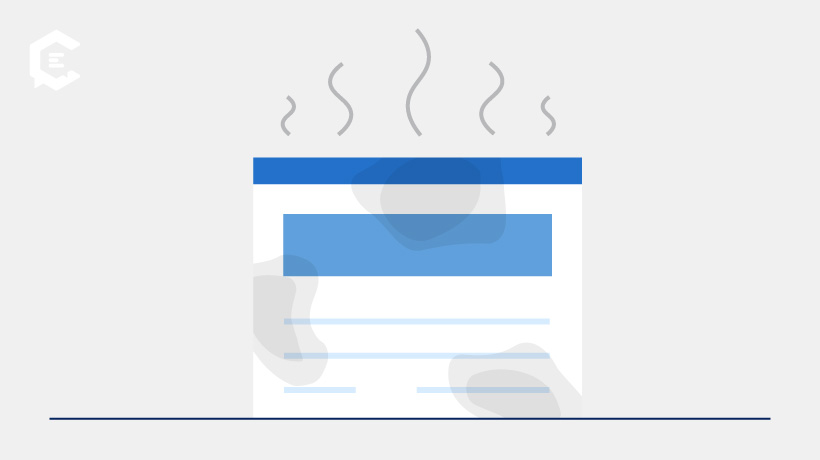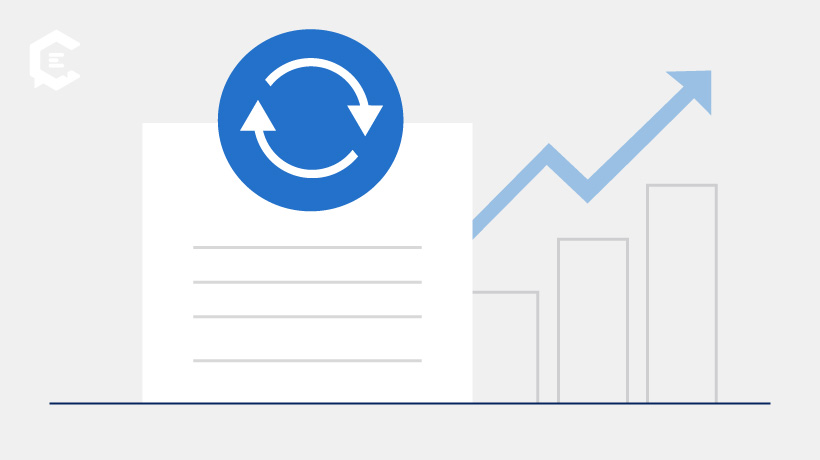Marketers are often wired to chase the new. New blogs, new campaigns, new videos — as if “new” automatically equals better.
But when you look at the average content library, it’s often the existing assets that hold the most untapped value.
The blogs that once ranked on page one but have since slipped.
The video that had a spike of views but never got clipped into social-ready snippets.
The guide that answered a key customer question but hasn’t been revisited in two years.
The truth is, great content doesn’t lose its value overnight. It just fades — and without a plan, your best ideas quietly sink into the background while your team rushes to create more.
Why Good Content Goes Stale
Think about how quickly the landscape shifts. Search intent changes as people phrase questions differently. Industry statistics age out, making articles less credible. Even formats evolve. What worked as a 1,500-word blog in 2021 might perform better as a three-minute video today.
None of this means the original content was a failure. It simply means it needs to evolve.
When companies don’t account for this, they end up with bloated libraries: hundreds of assets that technically exist, but few that actually perform. That’s wasted effort — and worse, wasted opportunity.
Refreshing With Intent
Refreshing content is not a cosmetic exercise. It’s a chance to reimagine how a piece connects with your audience today. That might mean restructuring the article to improve readability, weaving in new examples that reflect current trends, or optimizing headlines and metadata to align with what people are actually searching for right now.
A refresh done right is about strategy, not surface. Instead of patching over outdated material, you’re deliberately bringing the content back into alignment with your brand voice, your SEO goals, and your audience’s needs.
Teams often struggle to decide what level of update a piece really needs — is it a light refresh, a full rewrite, or consolidation with another asset? Our Content Refresh and Repurposing Guide lays out clear criteria and templates to help you make those calls with confidence.
Repurposing as a Growth Multiplier
If refreshing keeps content relevant, repurposing makes it scalable. One well-crafted idea doesn’t need to live in only one format. A webinar can be transcribed into an article, condensed into a how-to checklist, and sliced into short video clips. A comprehensive guide can anchor a blog series, inform a podcast discussion, and power a set of LinkedIn posts.
The point isn’t to recycle; it’s to reframe. By meeting audiences where they are, whether that’s in their inbox, on social, or in search, you amplify the reach of your strongest ideas without reinventing them every time.
Repurposing works best when it’s systematic, not improvised. The guide offers a planner that maps how a single asset can cascade into new formats, so your team doesn’t have to reinvent the wheel every time.
Building the Habit
The challenge for most teams isn’t understanding the value; it’s making refreshes and repurposing part of the actual workflow. New content feels more exciting, so older content gets deprioritized. But when you systemize the process, the payoff compounds.
Start by setting aside time for a quarterly audit of your library. Look for the assets that once performed but are now slipping, or those that could be reformatted to serve new audiences. From there, establish a cadence for updates — some teams do monthly quick fixes, others batch their refreshes every quarter. What matters is that it becomes routine, not reactive.
Your content library is one of the most valuable assets your marketing team owns. Treat it like a living system, not an archive. By building consistent refreshing and repurposing into your process, you extend the life of your best work, save resources, and show up consistently with content that feels relevant.
If you’re ready to make that shift, our Content Refresh and Repurposing Guide gives you the framework and tools to start today. And if you want to take it a step further, connect with a ClearVoice content strategist. From audits to full-scale refresh strategies, we help brands get more from their content — without burning out their teams.





